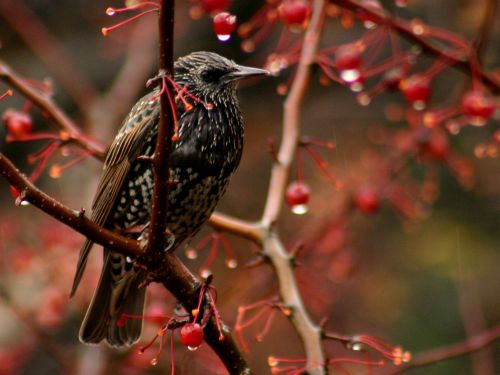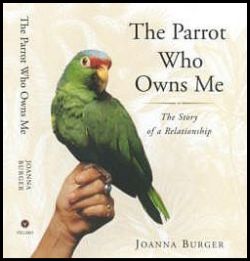 If you haven’t read it yet, I highly recommend The Parrot Who Owns Me: The Story of a Relationship by Joanna Burger, published by Villard in 2001. I just finished reading it and I loved it.
If you haven’t read it yet, I highly recommend The Parrot Who Owns Me: The Story of a Relationship by Joanna Burger, published by Villard in 2001. I just finished reading it and I loved it.
Joanna Burger is an ornithologist and animal behavior scientist at Rutgers University. The book is about Tiko, a Red-lored Amazon who has lived with her and her husband Mike since 1986.
Tiko is a commanding presence in their household. He’s the alpha parrot in a flock of three: himself, Joanna and Mike. His view is that he owns them, not the other way around. Now that I’ve read the book and understand parrots better, I can see that he’s right.
Like all parrots, Tiko is highly intelligent and social. Living with him means knowing him as an individual and learning to understand what he’s communicating. He is very good at making his meaning clear.
For those of us who don’t live with parrots, these concepts are fascinating. For Joanna Burger, a bird behavior specialist, it changed her life. Tiko’s flock dynamics, his vigilance, loyalty and devotion, and his use of tools spurred her to study the same behaviors among wild birds and mammals.
The book gave me insights into the beauty of a long term relationship across species and the behavior of birds that I hope to see in the wild myself.
(Click on the photo of the book cover to read excerpts or buy at Amazon.com)
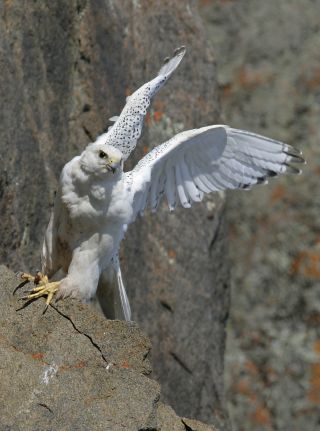 If you’re a falcon fanatic like I am you won’t want to miss
If you’re a falcon fanatic like I am you won’t want to miss 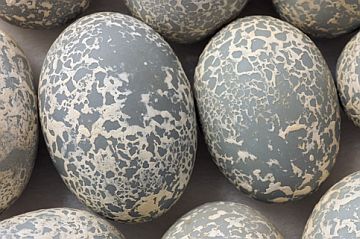
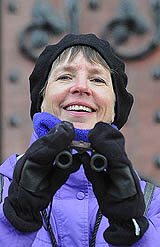


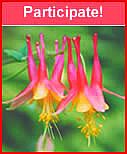
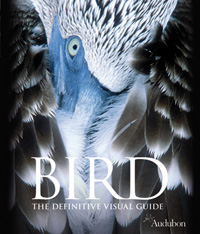 When the weather is cold and miserable I stay indoors and read more. In winter I am especially drawn to beautiful bird books because I want to see birds, not just read about them.
When the weather is cold and miserable I stay indoors and read more. In winter I am especially drawn to beautiful bird books because I want to see birds, not just read about them. 
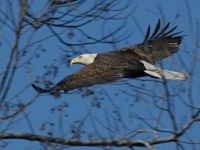 Today was Pittsburgh’s Christmas Bird Count, always held on the Saturday after Christmas. I counted birds from my attic window during dawn “rush hour,” then walked my neighborhood on a route I’ve done for the past few years. It was interesting to compare this year’s species and weather to the counts I’ve done in prior years.
Today was Pittsburgh’s Christmas Bird Count, always held on the Saturday after Christmas. I counted birds from my attic window during dawn “rush hour,” then walked my neighborhood on a route I’ve done for the past few years. It was interesting to compare this year’s species and weather to the counts I’ve done in prior years.